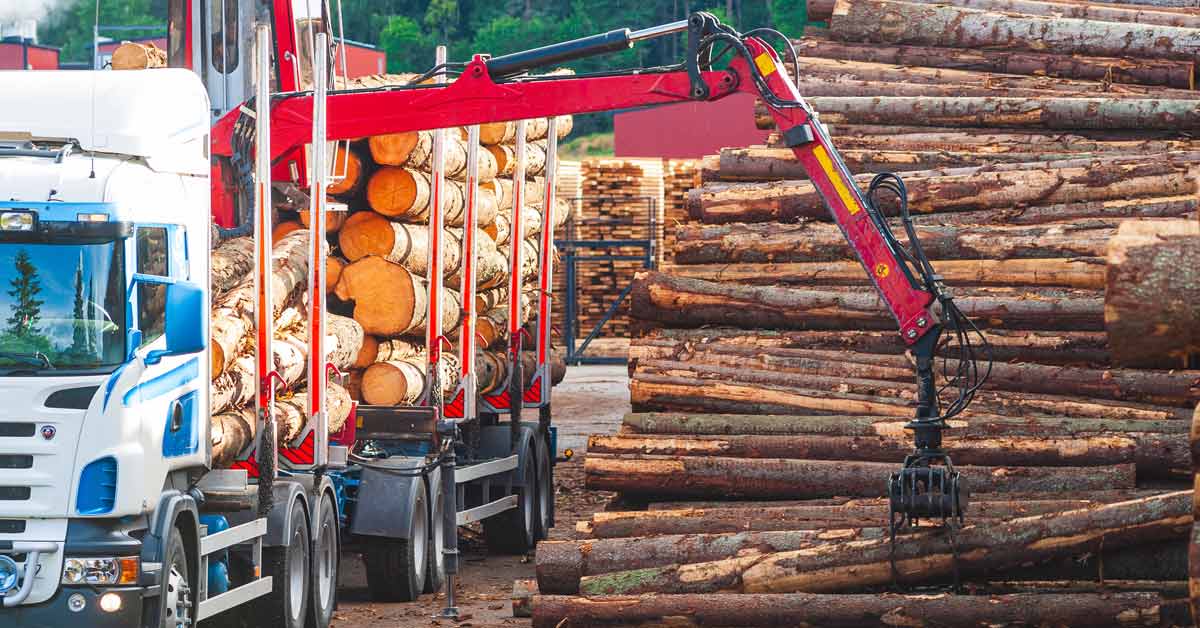3 min read
Calls Grow for Standards and Transparency as CDR Market Picks Up
ResourceWise
:
Mar 26, 2025 8:29:43 AM

Carbon dioxide removal (CDR) continues its rapid market ascension from a once-niche solution to a major player in the global climate response. Several competing companies are actively developing and pushing CDR solutions at scalable levels.
Like any burgeoning industry, however, this fast-paced movement carries some risks. First and foremost is developing a CO2 removal standard that reflects real climate policy and achievable, measurable results.
The World Resources Institute (WRI), a leading voice in climate policy, recently raised this concern. CDR must be governed carefully, transparently, and independently if it's going to fulfill its promise.
In a new call to action, WRI emphasized that the CDR industry could do more harm than good without clear targets and strong oversight. It could risk becoming just another "fig leaf" solution that does not actually contribute to global decarbonization.
CDR's Role: A Piece, Not a Whole
The science is clear: to achieve our climate goals, we must approach our solutions using multiple pathways. This includes reducing carbon emissions and removing CO2.
CDR technology must utilize a variety of methods, from soil and ocean-based approaches to high-tech systems like direct air capture. But WRI and environmental groups warn that relying too heavily on these tools can backfire.
One of the highest risks comes from "mitigation deterrence." This refers to situations where carbon removal is used to justify ongoing emissions (mostly from the continued use of fossil fuels).
This approach can lead to environmental side effects like ocean acidification. Perhaps even more catastrophic, this would reinforce a sense of greenwashing without progress. Even if it looked good on paper, it wouldn't move the dial away from the existential threat of global temperature increase and its effects.
WRI puts it bluntly: "Emitting CO2 now and removing it later does not prevent its consequences: CO2 emissions cause irreversible climate damage, which CDR cannot undo."
Building Trust and Accountability
If CDR is to become a key part of the climate toolbox, it must earn the public's trust. That trust begins by separating and distinguishing carbon removal targets from emissions reduction goals.
In other words, we need to be crystal clear about how much CDR is necessary to address residual emissions. Doing so will help to ensure it's not used as an excuse to continue as before with no substantive changes.
Some US states are already setting a good example. California and Washington, for instance, are leading the charge with thoughtful, data-driven CDR planning.
But trust does not boil down to the targets—it's also about transparency across the process. WRI urges the creation of independent standards bodies that can verify carbon removal claims. These standards would prevent conflicts of interest and form the foundation for integrating CDR into national (or even international) carbon accounting frameworks.
Technology Developments in CDR Not the Whole Answer
Even with the growing excitement around carbon removal, we can't get ahead of ourselves. Much of the CDR technology is still in the early stages in terms of efficiency, cost, and capacity.
Direct air capture, one of the most talked-about solutions, is energy-intensive and currently relies on grid power. But this pathway faces serious competition to keep up with demand from AI, cloud computing, and broader electrification.
WRI warns against assuming CDR will magically scale fast enough to fix everything. Land, water, and energy resources are finite. So, too, is public support if these projects fail to deliver on their promises.
To keep the industry on track, WRI recommends establishing clear boundaries. For example, captured carbon should not be used for enhanced oil recovery or other high-emission activities. Similarly, the removal projects themselves should be powered by renewable energy.
Early Momentum, Real Impact
Despite the hurdles, the CDR sector is picking up speed. In February, US-based Gevo closed what may be a record-setting deal for high-integrity carbon removal from biogenic CO2. The captured carbon will be stored in state-monitored facilities in North Dakota.
Gevo sets a strong example of how CDR can be scaled responsibly when paired with renewable energy and government oversight.
Related: Biogenic CO2 Removal in the US Takes Shape with Immense Potential
Similarly, interest in biomass-based heat and power is growing across industries, from chemicals to utilities. This aligns with WRI's call for clean energy, opening the door to carbon-negative solutions when paired with secure CO2 storage.
Developing the Right Way to Move Forward
The future of CDR will depend on its development, adoption, and utilization. It can't simply serve as a way to "cook the books" and greenwash actual emissions. Instead, it must be one part of many to responsibly and transparently reduce our collective CO2 output.
The path to net zero isn’t simply removing carbon. It's about doing it the right way.
Get Access to On-Demand Webinar Covering Carbon Removal Market
To help you better understand the complexities of the emerging CDR sector, we're happy to present our on-demand webinar, Making a Market: The Future of Carbon Dioxide Removal.
We unpack the fast-evolving CDR landscape—from core concepts to real-world market dynamics.
Covered Topics:
- Overview of CDR fundamentals and removal pathways
- Critical differences between CDR and traditional carbon offsets
- Breakdown of key players, global market hotspots, and who's leading the charge
- Insights into emerging demand from sectors like AI, cloud computing, and beyond
- Current supply-side limitations—and why they create an edge for early movers
- Actionable strategies to define value and build a competitive foothold in this growing market
Don't miss your chance to get ahead of the curve. Get access to the webinar today.






